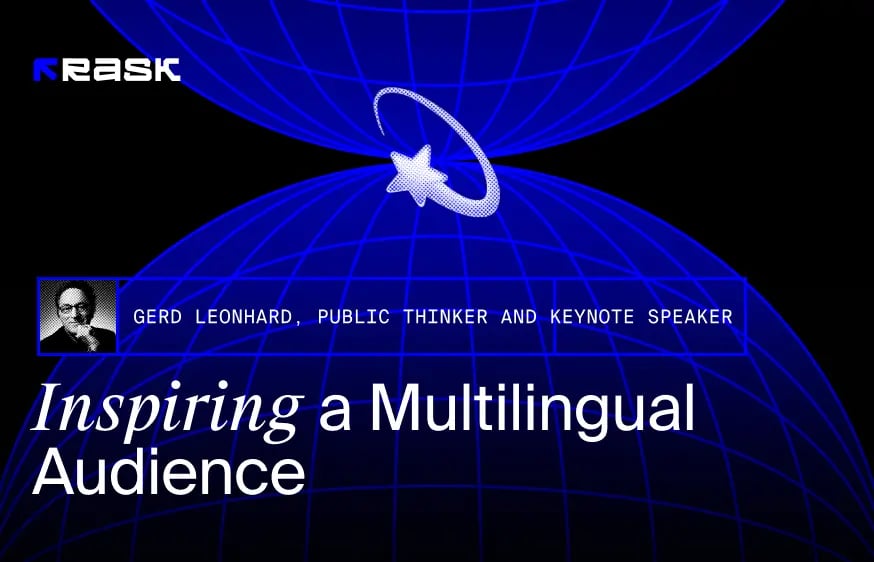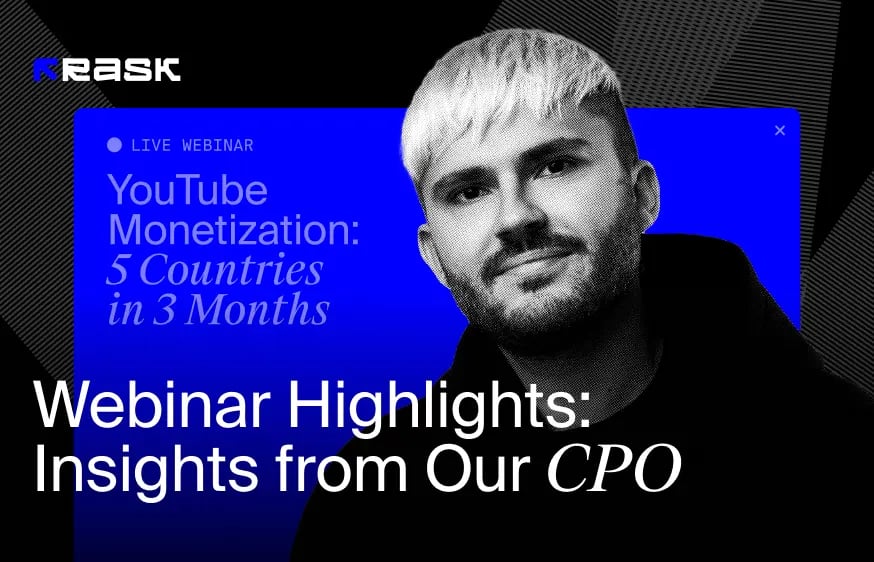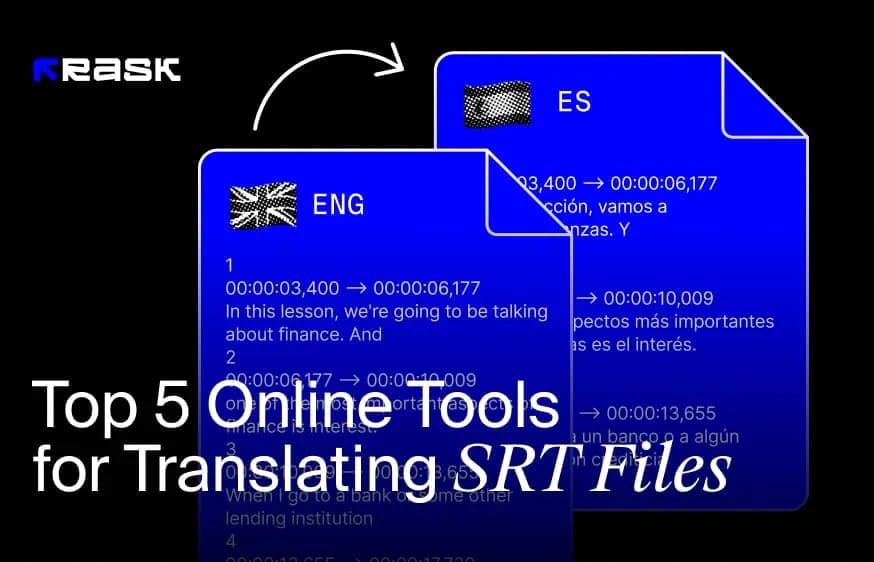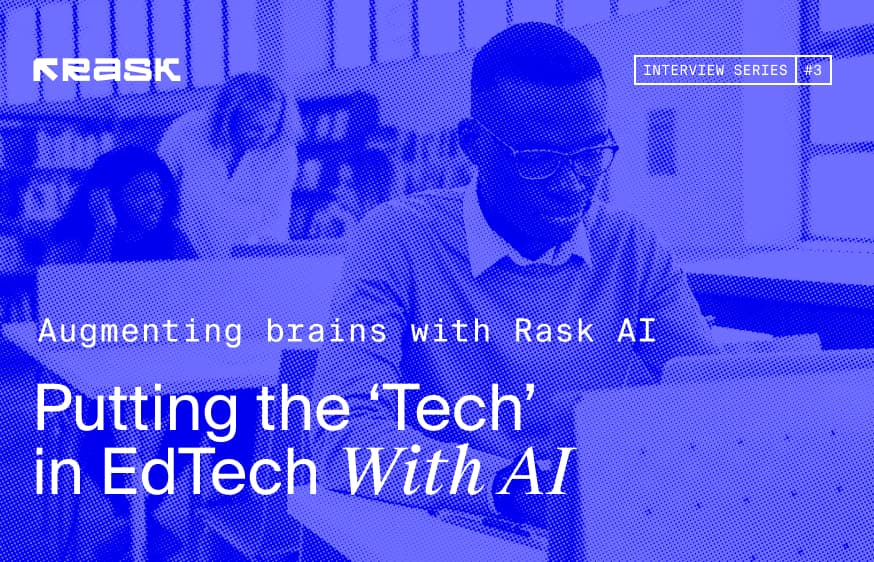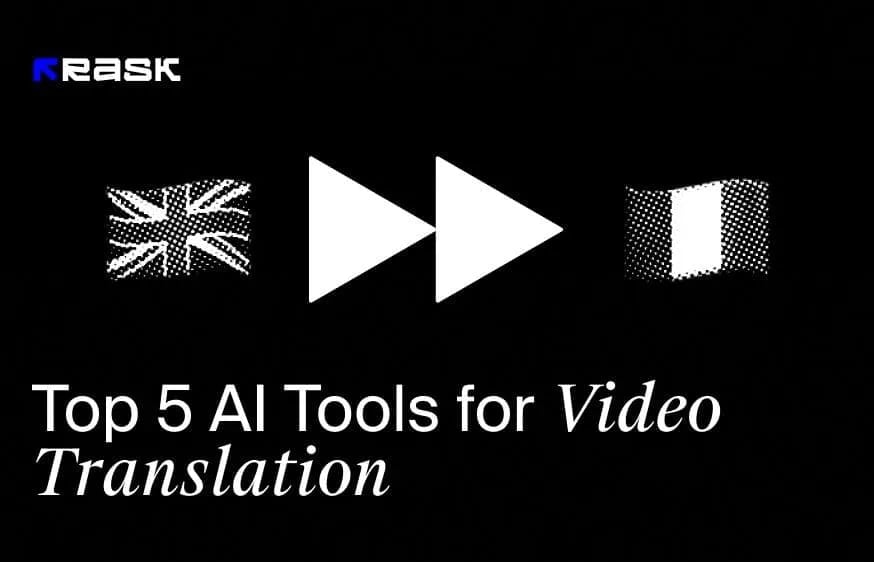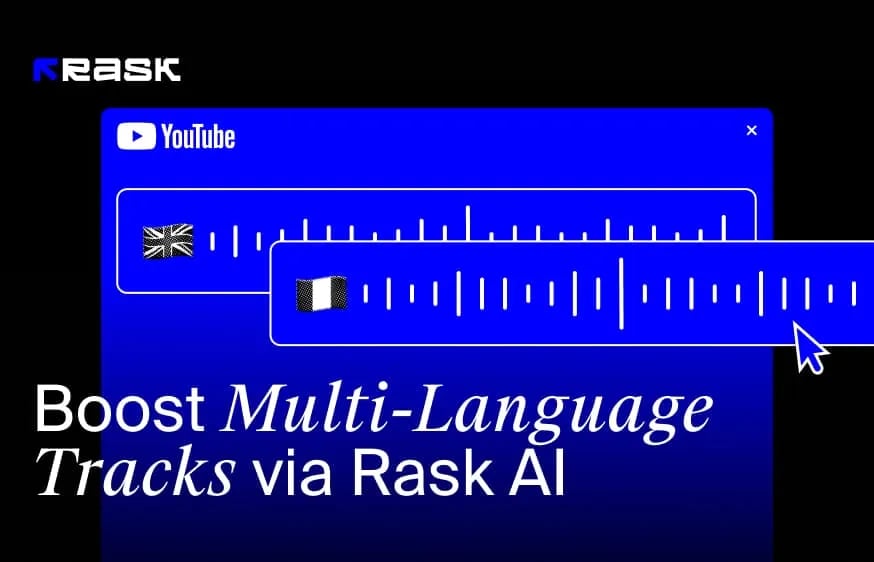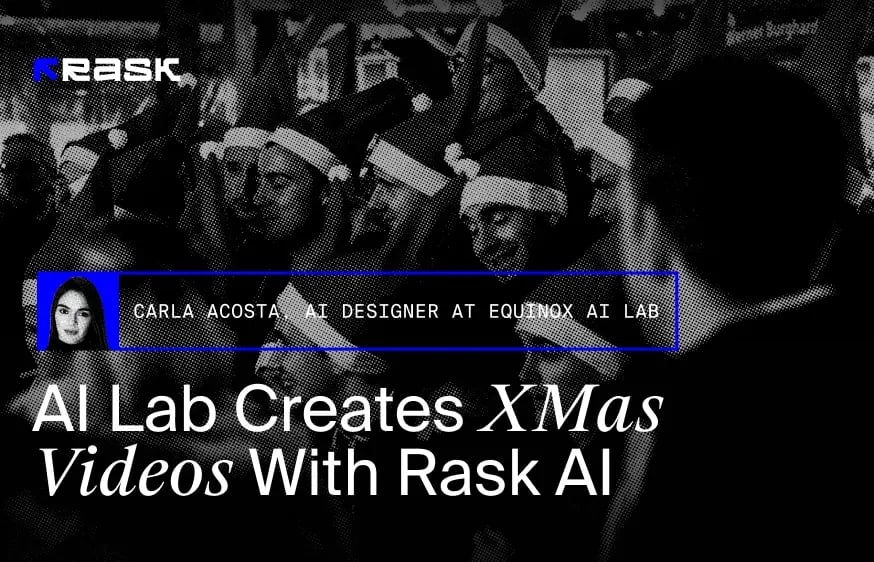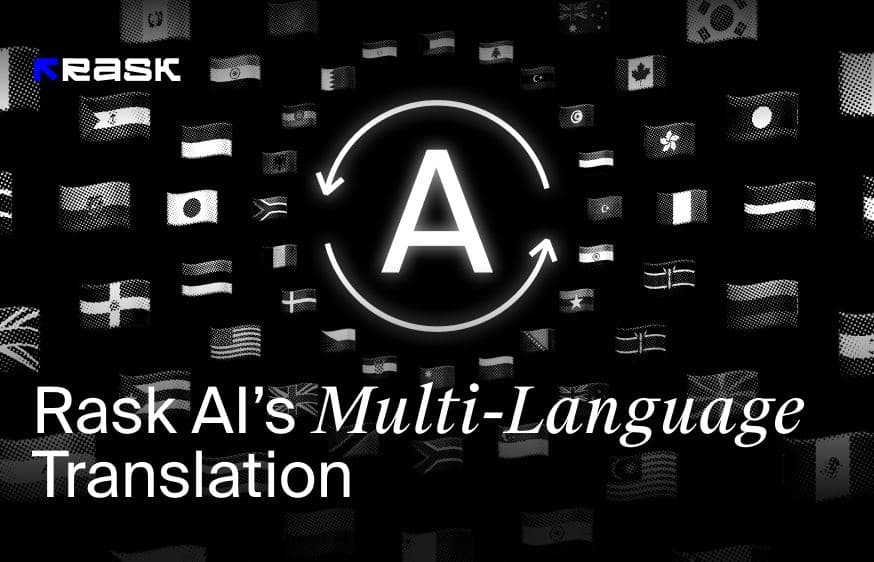Localization is a must-have for most businesses today. While translation isn't the entire localization, it is one of the most crucial parts of the process itself. There were 1.5 billion English speakers in 2022. English is currently the most widely spoken language worldwide.
Though billions speak over 7000 other languages. So why would businesses and creators limit their reach to only English? (or any other language). Since the chances that your perfect target audience is among these 7000 languages are high, not breaking these language barriers is a mistake.
That is why there are many options for content translation to choose from in 2023. While that might be true, we are currently observing two main ones: hiring a freelancer for translation services or using AI translation software.
While the choice will be based on many factors, we are here to help you compare both so you can find the one that suits your needs best.
Before Starting: Why Content Translation Matters
As we already mentioned, the translation industry is also a part of the localization process. This is the biggest reason why your brand needs it. However, there are other benefits of translating documents, video, and text content you'll see when you start investing in it:
1. Content Translation Expands the Reach
You might be surprised to know how many people you are able to reach but don't because of the most basic problem - the language barrier. Translation is one of the most effective yet simplest ways to make your content available on a global scale.
However, to make your content available and relevant to the new audience, you will need high quality translations. This includes covering different cultural aspects and differences. Whether you want to translate a video or text content (any social media channel or a website), using either translation services or AI translation software working through natural language processing is the way to go.
2. Content Translation Means Better Experience
It isn't surprising that users love it when they can listen and watch content in their native language. In fact, the research shows that 65% of users are likely to watch and read content in their native language, even when the translation quality is lower. As long as you have simple and accurate translations, it helps to significantly grow the user experience. This can also help grow users' loyalty and build trust for you as a business.
3. Boosts the ROI from Content
Inbound marketing is often weak in terms of ROI. While it can bring high revenue from time to time, you probably never see stability in that question. Although there could be many reasons for that, the most popular one is reaching either an incorrect target audience or too small of a target audience.
Translating text lets you get a higher return on investment than ever before. In addition, people watching content in their native languages are more likely to take action - whether you want them to book a call or buy something. The key thing here for the audible is to fully understand the message and how it could be relevant to them based on their location and language.
AI in Language Translation: Quick Overview
Artificial intelligence isn't a new trend. However, it definitely goes beyond its original purpose - entertainment now and is used in a range of industries, including medicine. So, hyping up in the world of tech, AI translation management services have quickly changed machine translation technology in recent years. Regardless of how advanced technology becomes today, the translation management system will have a long way to go before all companies and people can fully rely on it in different aspects of life.
That being said, there is always a place for AI-assisted translations. Some businesses turn to AI translation tools to perform manual and time-consuming translation tasks traditionally done by team members; some commit to such tools in everything that relates to translation quality and localization (given proper strategy in place).
AI translation software can also be used for machine translation so companies can better cope with expanding workflows, although they still recheck the accuracy of the translated content, which is something done by humans only. So, options on how you use or not use AI in translation are endless - the main question is "Whether you should consider AU-based translation at all or not?"
What is Neural Machine Translation?
Neural machine translation (NMT) is a software creators use to translate texts from one language to another. The most tangible examples are Google Translate and Baidu Translate, which are the most popular NMT tools that are available to the public via the Internet.
The key reason why this NMT is so popular is that recent tech advancements have allowed an increasing number of multinational institutions to adopt natural language processing techniques to boost both internal and external communications.
How AI Translation Works
AI translation works using artificial intelligence AI and natural language processing technologies. However, it isn't the same as standard machine translation. Machine learning algorithms still play a crucial role in AI translation.
In contrast to standard machine translation engines, which work on a word-by-word basis, AI-based tools apply advanced machine learning. While each tool will have its own functionality, the best AI translation tools can recognize many aspects of the language, such as complex sentence structure and tone of voice.
In addition, some AI translation tools are able to recognize specific colloquialisms and humor. The final result is more accurate translations and dubbing than it would with a word-by-word translation. As we mentioned, AI translation works through a technology called Neural Machine Translation (NMT). Even though this technology isn't perfect now, AI tools are becoming more reliable and cost-effective compared to other options.
Pros and Cons of Using AI Translation Software
It is clear that an AI translation tool could be our future. AI, in general, as a smart visual studio for translation and editing shows many use cases outside the translation and localization industry and is actively developing to bring even more value.
While AI is useful for so many different things, there are still many cons that should be taken into account before committing to one of the ways of translating your content in 2023. Let's explore AI translation pros and cons:
Pros:
Higher Translation Speed
Regardless of how freelancers will argue with that fact, AI text translation is twice as fast. AI translation tools have been shown to process large volumes of text - 1,000 the amount of data as a human in half the time without sacrificing quality.
As a result, AI translation software can take a sentence and provide real-time translations into over 130 multiple languages (like Rask AI can), while humans will require time for every new language - which can become a time-consuming and extremely expensive translation process.
AI Doesn't Have Weekends
One of the main benefits of choosing AI translation software is that robots don't have weekends. This can be extremely useful in terms of business use cases. You can agree that sometimes human efforts aren't enough; humans can also miss deadlines, and you may end up with costly mistakes that should be redone, but people have weekends and get tired. And speech translation software doesn't - so you can let it continue working on your business expansion while you rest.
It Can be Used with No Skills
While it might not be relevant to all tools, most AI translation software available today is extremely easy to use. These tools have an intuitive interface and simple functionality so anyone with no skills can start using it for AI-powered translation. The main reason for that is that AI does all the work, so no effort is required from the task giver.
In addition, most of these apps are available for both mobile and desktop versions, Android and iPhone platforms, so business owners and creators can work with AI while on the way to work or during the trip.
Cost-Effectiveness
This is the biggest reason for businesses and content creators to choose an AI translation tool over human translation. It isn't surprising that hiring a freelancer for translation will cost much more than using AI tools. In fact, AI translation software can translate your text or video to over 130 different languages (depending on the tool) without requiring an extra fee for each new locale.
Humans, in contrast to AI tools, will either ask to pay an extra fee for each new language, or they will be required to find a new translator every time they need to translate content from one language to another. This process will be costly and time-consuming, while AI already offers you everything you need for the localization.
Cons:
AI Requires Human Touch
It is vital to mention that AI translation tools are still robotic, so they can't be as human as we can. So, in most cases, AI translation will require a human touch. You can train AI to translate text, and video (landing pages, Shots of web pages) based on your specific audience so it is fully aware of different cultural differences and nuances, but AI will not be able to think cognitively as humans do.
AI Can't Process a Subtext
One major con that prevents someone from using AI translation software is that it can have a hard time processing subtext. For example, when you need to translate a text conversation between two people (whether it is a video or a text), AI can find it hard to understand and translate sarcasm and other similar things.
However, this con can be resolved when using advanced AI translation software like Rask AI. This tool can cover the smallest cultural nuances and custom terminology needed for accurate translations and successful localization.
Pros and Cons of Using Human Translation
By now, you know why to use artificial intelligence; let's get through the list of pros and cons of human translation:
Pros:
One to One Communication
Human translation allows creators and companies human communication. This helps provide a personalized experience for the client, meaning the ability to cover unique needs. While you can communicate your requirements to AI translation software, human interaction is still easier and has shown to be more effective. In addition, working with the same translators ensures consistency over different social media channels for a tailored user experience.
Easy to Adjust
Humans tend to be more flexible than AI translators. Therefore, it can effectively work to your needs and requirements. You can translate one document to more than one target language and get desired results with small corrections - humans will listen to previous mistakes and fix them easier and faster than AI can.
Hiring translators means you work with qualified specialists (given you find skilled ones), so they can handle all kinds of content you need to translate and give you a chance to choose from a vast range of experiences.
Most Accurate Translation
Humans won't translate just words. Before they start translating, they try to understand the context of the web pages or a video, so they explore the meaning, tone, and emotional meaning. This allows them to replace and replicate the same in the new target language. Therefore, the original context of the text will be saved during the text and speech translation process.
If you hire native speakers for each language, you can also get extra bonuses since they will bring their own natural fluency to the translated texts. Human translation tends to be the most accurate, meaning your readers won't even guess whether the text is translated or it is a source language.
Cons:
Human Error Can Occur
Humans get tired, lose concentration, and lie about their experiences. So, human mistakes can occur during the entire process. While this can be prevented by hiring only skilled experts with high earnings in Upwork and providing realistic deadlines, humans are still humans, and various things can occur that can ruin the satisfaction from the process.
It Could be Extremely Costly
Human translation is costly. And it becomes extremely costly in cases where you need to translate text and video from one language to another. Although the price is high, you won't be able to always get accurate and high-quality translations as you might expect.
Takes Much More Time
We already mentioned that AI translation software can translate texts within seconds and provide high-quality translations. Humans will likely take hours and days to provide quality translations, even small pieces. The truth is that you may need to bring alterations to the AI-translated content, which may also take some time, but humans will take longer anyway.
What to Choose: Machine Translation vs. Human Translators
Machine translation shows better results when comparing in terms of quality/cost ratio. Machine translation and AI software are also much faster and easier to use, allowing creators to localize their content to more than 30 locales quickly.
For instance, the costs of human translation services start from $0.10 per word on the low end (and in most cases, the cost is much higher). So, if you need to translate 100,000 words, it could cost you a cool $10,000, even in the case of pretty cost-effective services.
For example, the cost of the basic AI translation software or machine translation cloud service usually starts from $19 per user, where you can translate up to 10,000 words. You can also choose a more costly plan with no limits, and the price could be up to $100. So, to translate those same 100,000 words will cost $10,000 for human translators and up to $100 for a machine translation.
Choosing the option to go with will depend on many factors, like budget, time you have, amount of languages you need speech translation for, and whether you need localization by the end of translation or not. But AI translation tends to be the most popular choice for most creators and businesses today.
Rask AI & Google Translate | Two Options to Go With
Rask AI
By here, you are probably ready to choose one of the mentioned options. And if you decided to use AI translators or machine translation for your content, let’s explore the most popular translation tools today:
Rask AI is currently the best AI translation tool. It works through artificial intelligence AI and machine learning. It offers more features rather than just AI-powered translation. These include:
- Over 130 languages to choose from;
- Video transcription;
- Video to-text conversion;
- Add subtitles;
- Generate Shorts for different platforms from one long video.
Google Translate
Google Translate is a form of neural machine translation NMT. This neural machine translation service allows for the automatic translation of one text into more than 100 different languages. It is also one of the most popular software available today.
It can be used on mobile phones and a tablet. The tool tends to provide accurate automated conversion and translation since it rearranges sentences and adjusts them piece by piece. So, the end translation actually feels like something human translators would do.
Let's Wrap it Up
There will be no simple answer to what's best for you: human translation or AI translation tools. You should compare pros, cons, differences, and considerations and then consider your personal needs and requirements. However, if you go further with AI translation software, Rask AI and Google Translate will be the two best options for you in terms of accuracy, price, speed, and features to explore aside from AI-powered translation.
FAQ
Rask AI is the best AI translation tool according to millions. It has been shown to provide accurate and human-like results with immense speed and cost-effectiveness, so it is a popular choice to get quality translations among creators in 2023. Rask also can be used as a free tool when using its free trial.
Artificial intelligence (AI) translation is one of the newest and most effective ways to interpret and automatically translate text, audio, and video content.
Yes! AI-powered Rask is better than Google Translate since Rask shows more accurate results. It also offers many more features needed for localization, making the translation process for creators as easy and fast as possible.
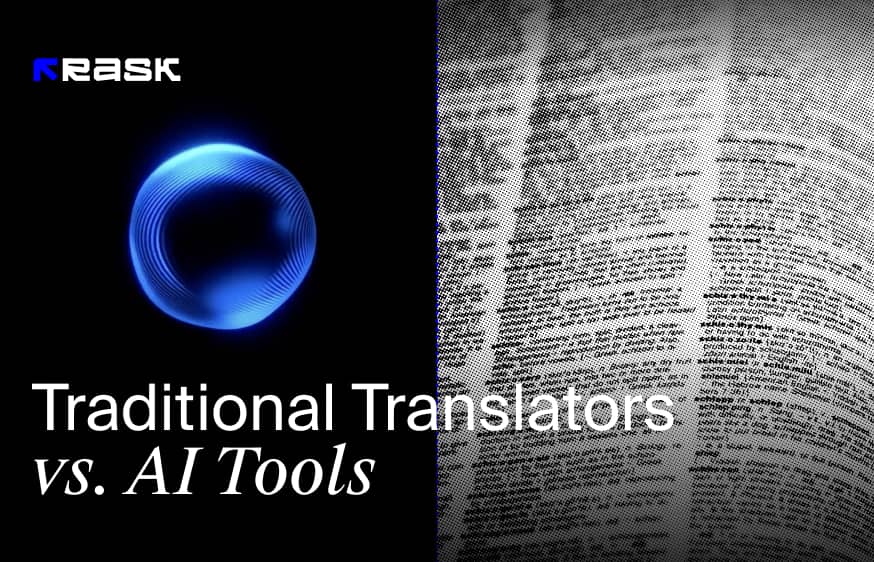
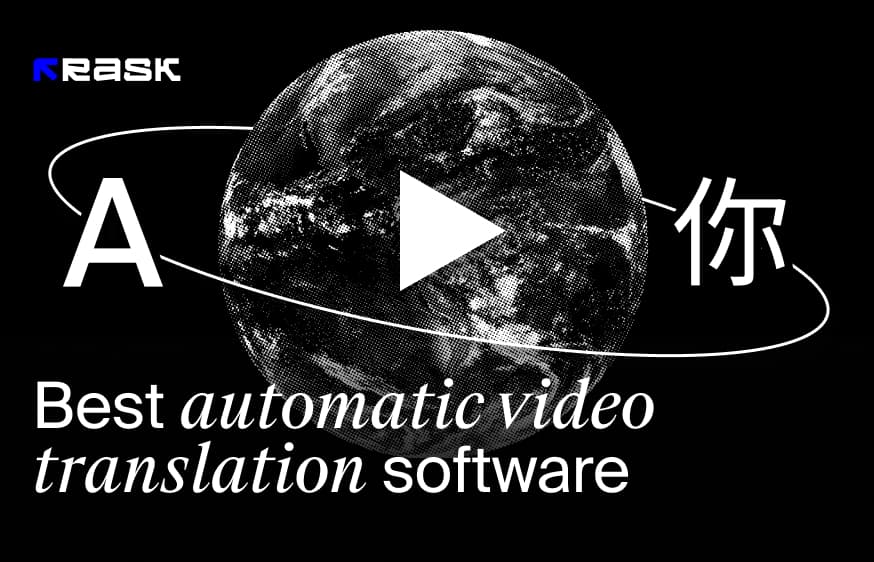
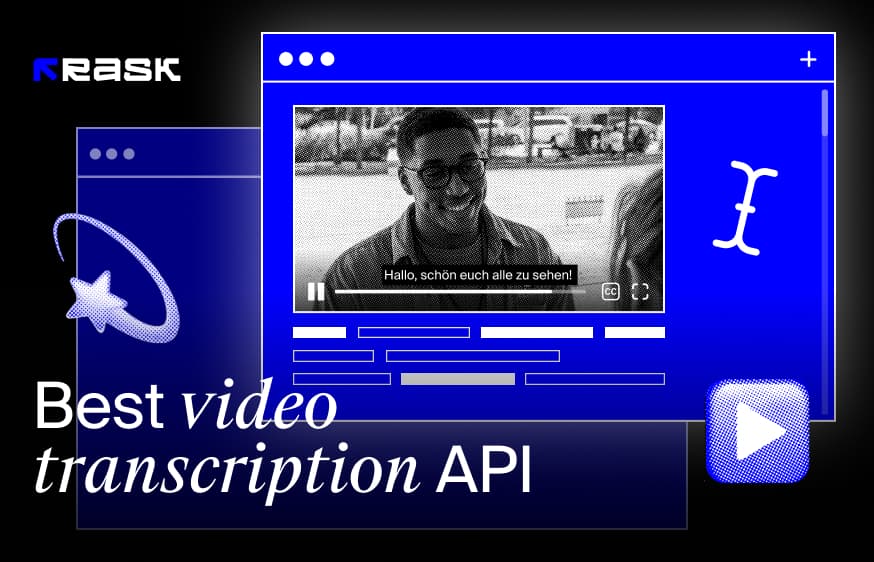

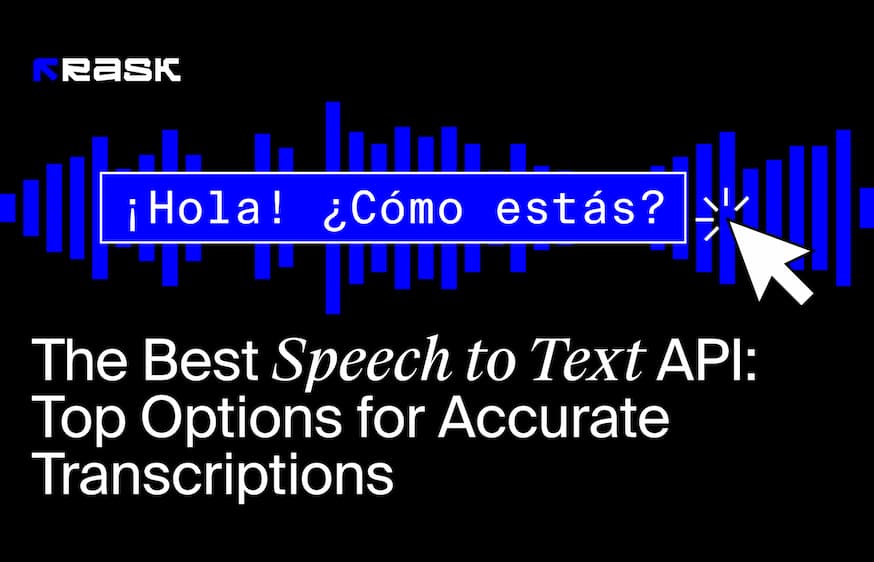

.jpg)
.webp)
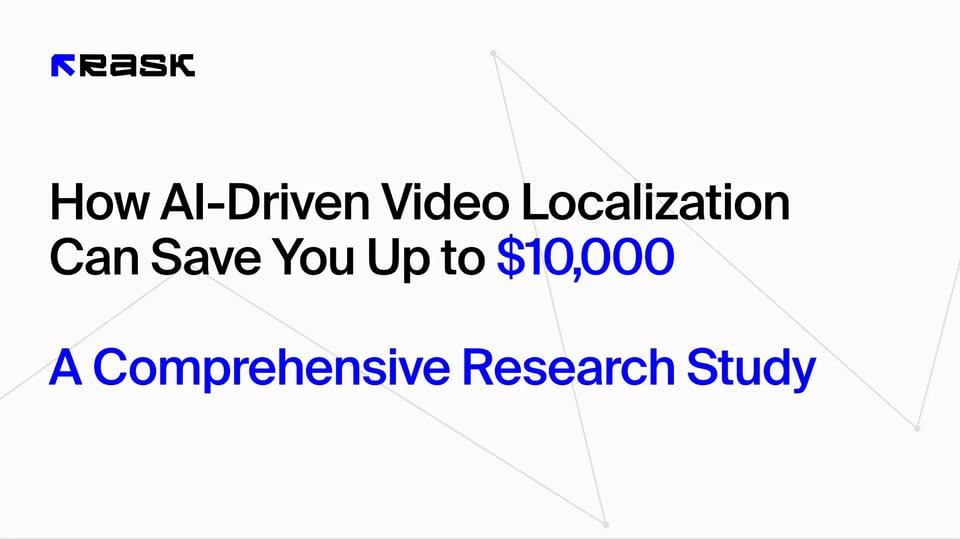
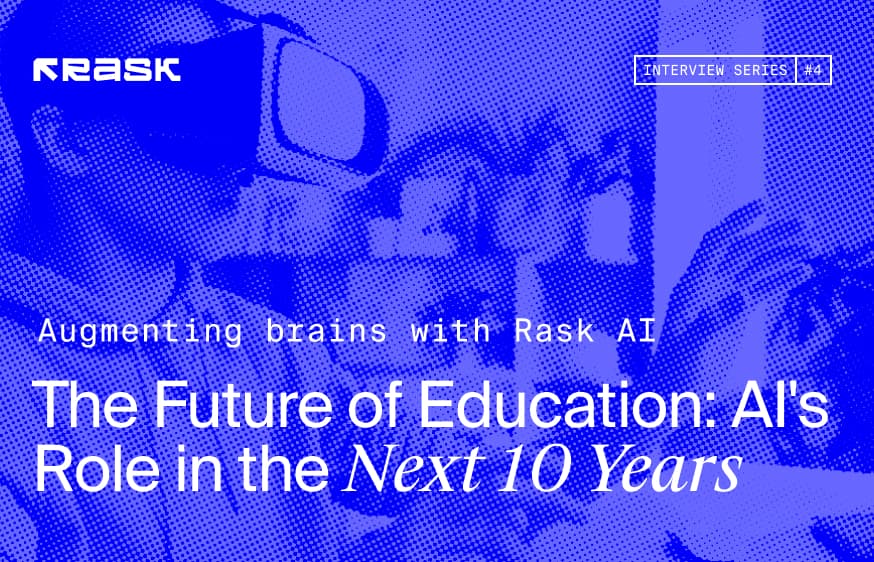
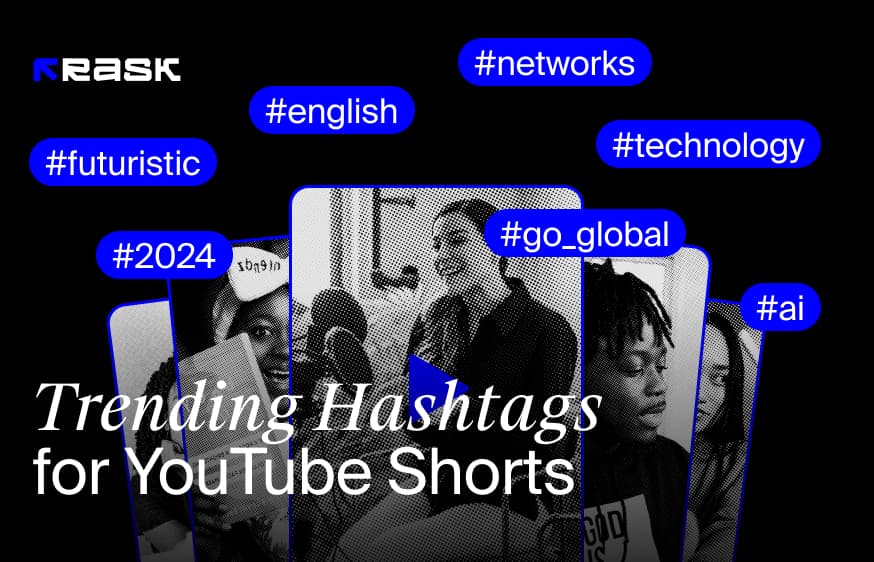
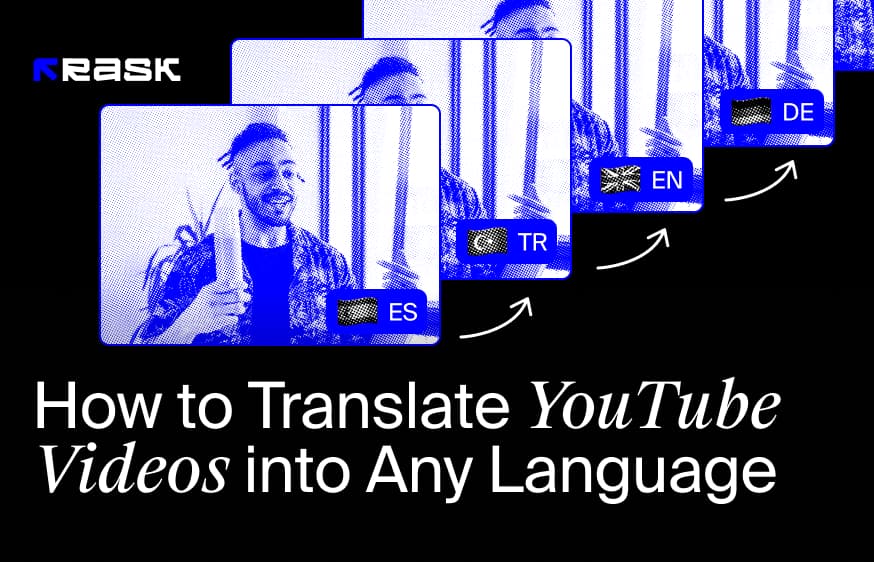
![8 Best Video Translator App for Content Creators [of 2024]](https://rask.ai/cdn-cgi/image/width=960,format=auto,fit=scale-down/https://cdn.prod.website-files.com/63d41bc99674c403e4a7cef7/6668a3dcd3175bd1d1c73c81_Best%20video%20translator%20apps%20cover.webp)
![Best AI Dubbing Software for Video Localization [of 2024]](https://rask.ai/cdn-cgi/image/width=960,format=auto,fit=scale-down/https://cdn.prod.website-files.com/63d41bc99674c403e4a7cef7/66685014f68137eb05c89c16_Cover.webp)
